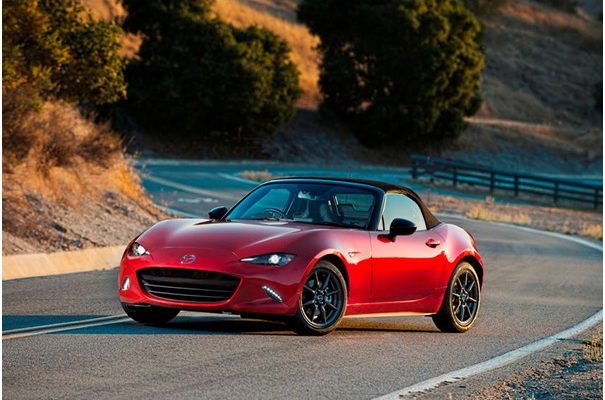Last few years have been revolutionary in the industry of automotive, in every respect, but especially on the technology front. Car manufacturers are now on a mission to revive the natural resources as much as possible, through their innovative technologies, with which the cars will run with more green options than ever before.
A group of auto technicians associated with the Phoenix Mazda explained that apart from electric and hybrid cars, there are other technologies invented as well to reduce the consumption of natural fuel or to maximize whatever would be inevitably consumed. The brake energy regeneration is one such technology that is now being used in the latest cars of few brands, and Mazda leads that queue. It has named this technology as i-ELOOP technology that will be used in most of its recently released cars.
The Brake Energy Regeneration System
Brake energy regeneration is a system that convertsthe kinetic energy of a vehicle into electricity every time the car decelerates. This newly produced electricity is henceforth stored to be used later to power the headlights, the air conditioner, the cabin lights, the audio system, or any other feature that needs electric. This technology helps the engine from its need to burn all those extra amount of fuel that was used to produce electricity. So the brake energy regeneration system can be safely called one of the most effective ways to improvefuel economy at a significant rate.
How Mazda i-ELOOP Works
The i-ELOOP technology invented by Mazda is structured on the basis of three functionalities. These are: ‘regeneration,’ ‘storage’ and ‘use.’
The technology stays focused on the development of all the ways it can generate and store electricity. It tries all the more effective ways to perform these functionalities with as much efficiency as possible.
The reason to strive so much for efficiency is because the time a car takes for braking or decelerating will be always too short. So, the time it gets to generate electricity isn’t sufficient in proportion to the amount it needs to produce. Hence Mazda had to work intently on developing a system which can efficiently recapture as much kinetic energy as possible within that limited period of time, to generate sufficient amount of electricity. It then has to shift its focus instantly on storing that electricity as quickly as possible. For this Mazda started making good use of the variable voltage alternator in tune with a low-resistant, with double layered, high-capacity electric capacitor (EDLC)
RecapturingKinetic Energy While Deceleration
The Mazda Phoenix technicians demonstrated how the Mazda cars recapture kinetic energy whenever the driver decelerates by releasing the accelerator. They also explained how a high-performance alternator that is meant to be driven by the rotation of the tires starts generating electricity and then get transferred to the capacitor.
ImprovingEngine Efficiency While Accelerating
At the next level, the alternator gets automatically switched off just when the driver engages the accelerator. At that moment, the capacitor starts supplying the right amount of electricity to the different electronic components of the vehicle that are running at that point of time subsequently improving the fuel economy to a great extent.


